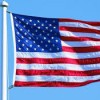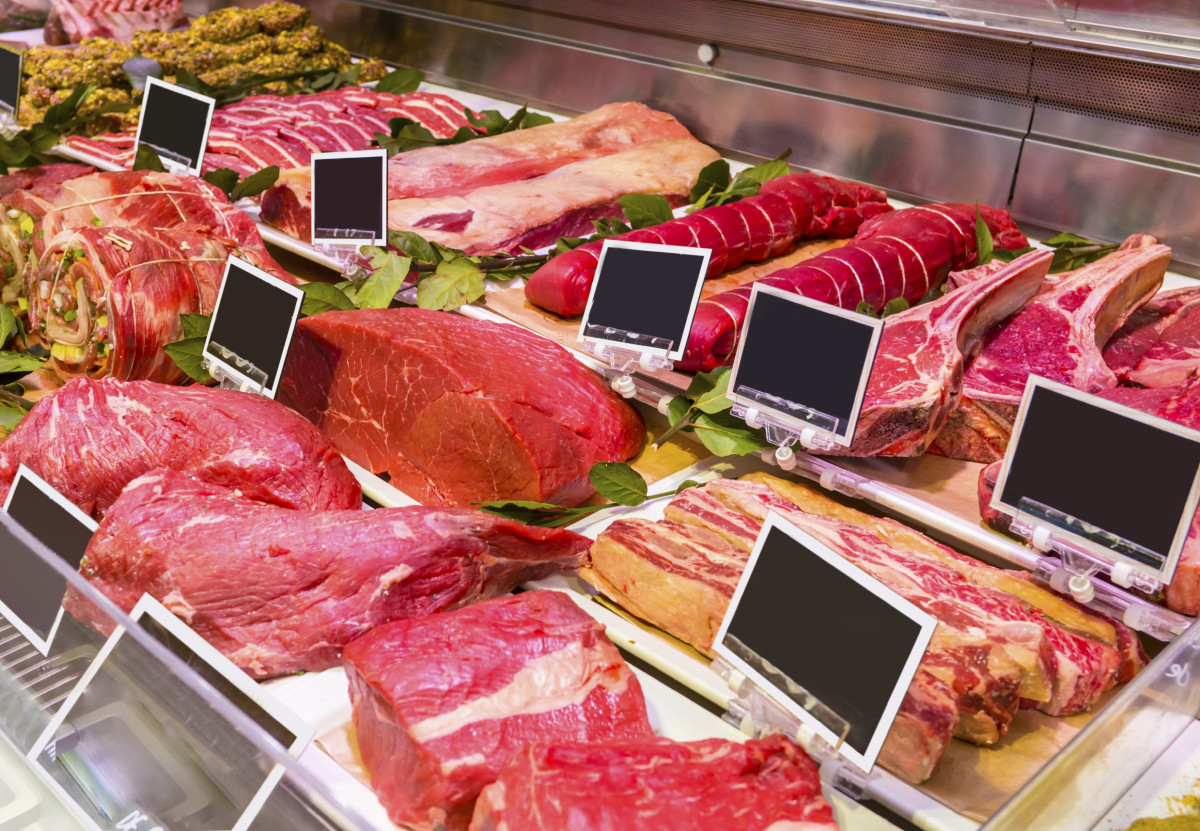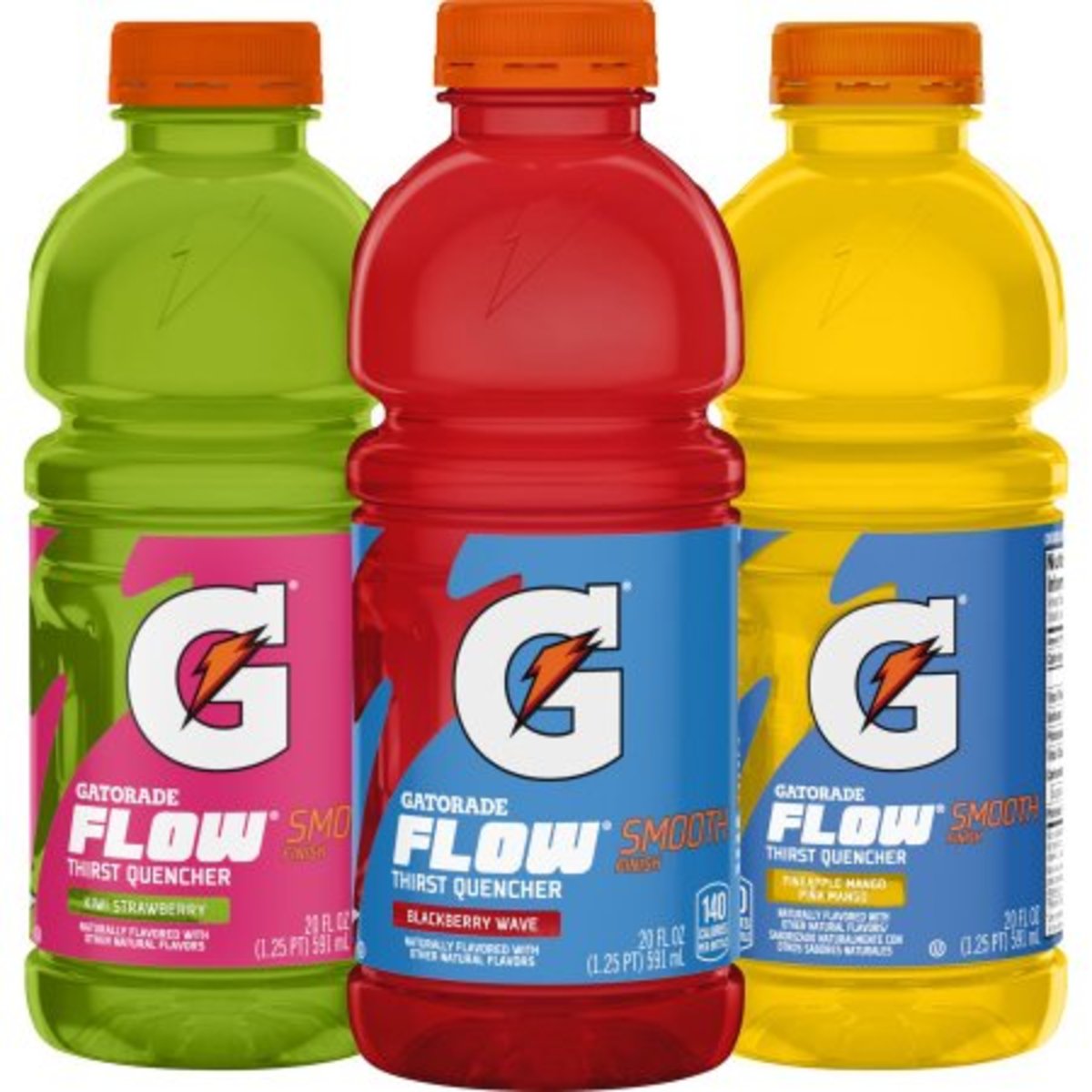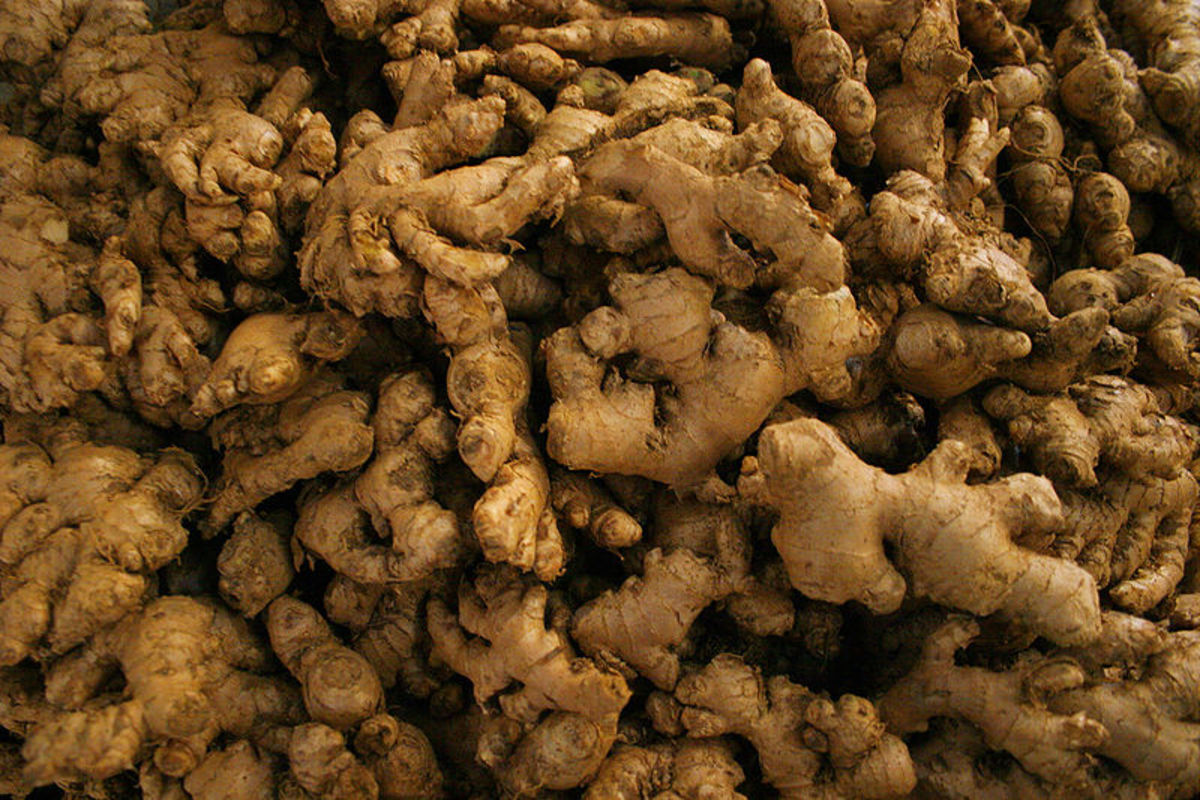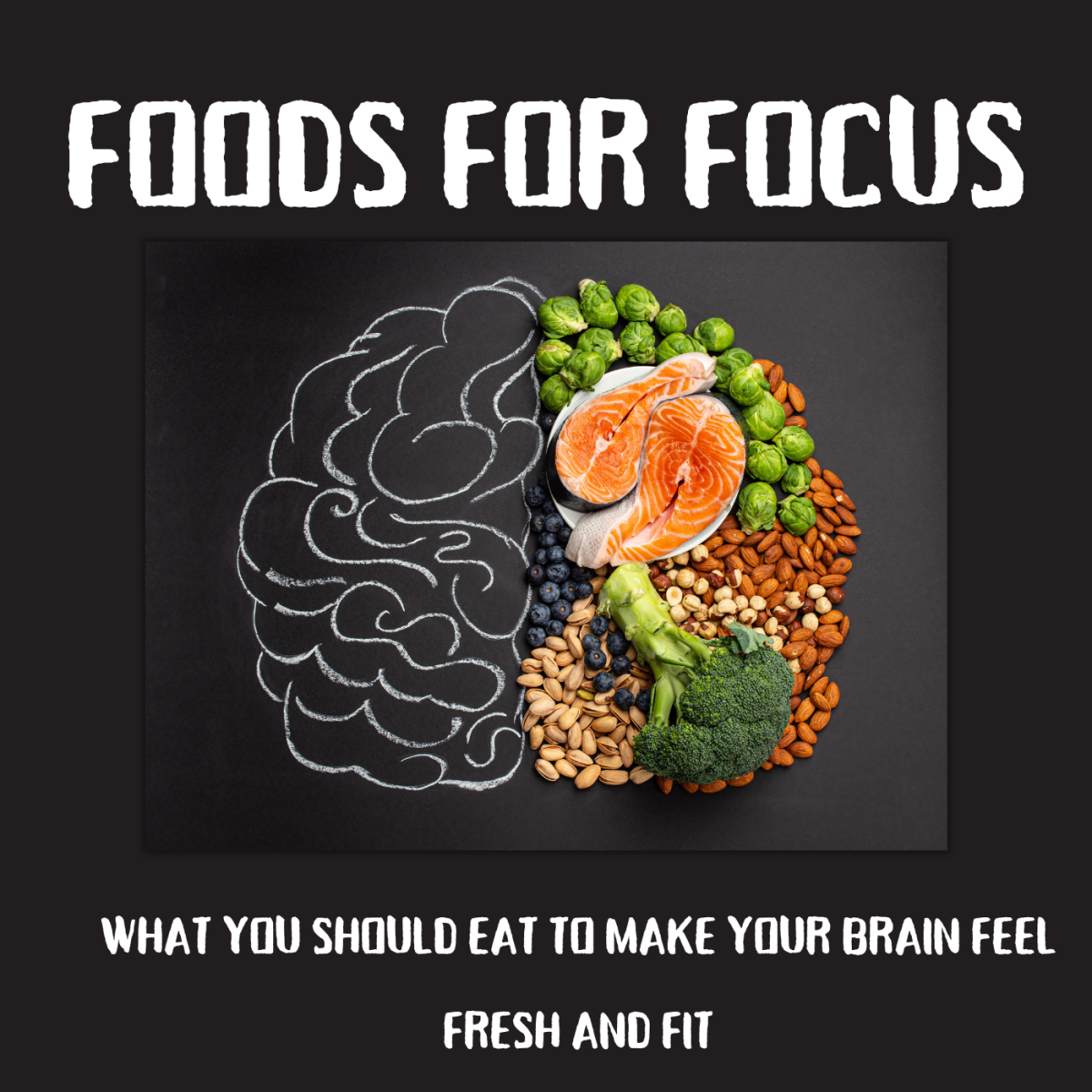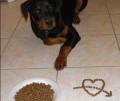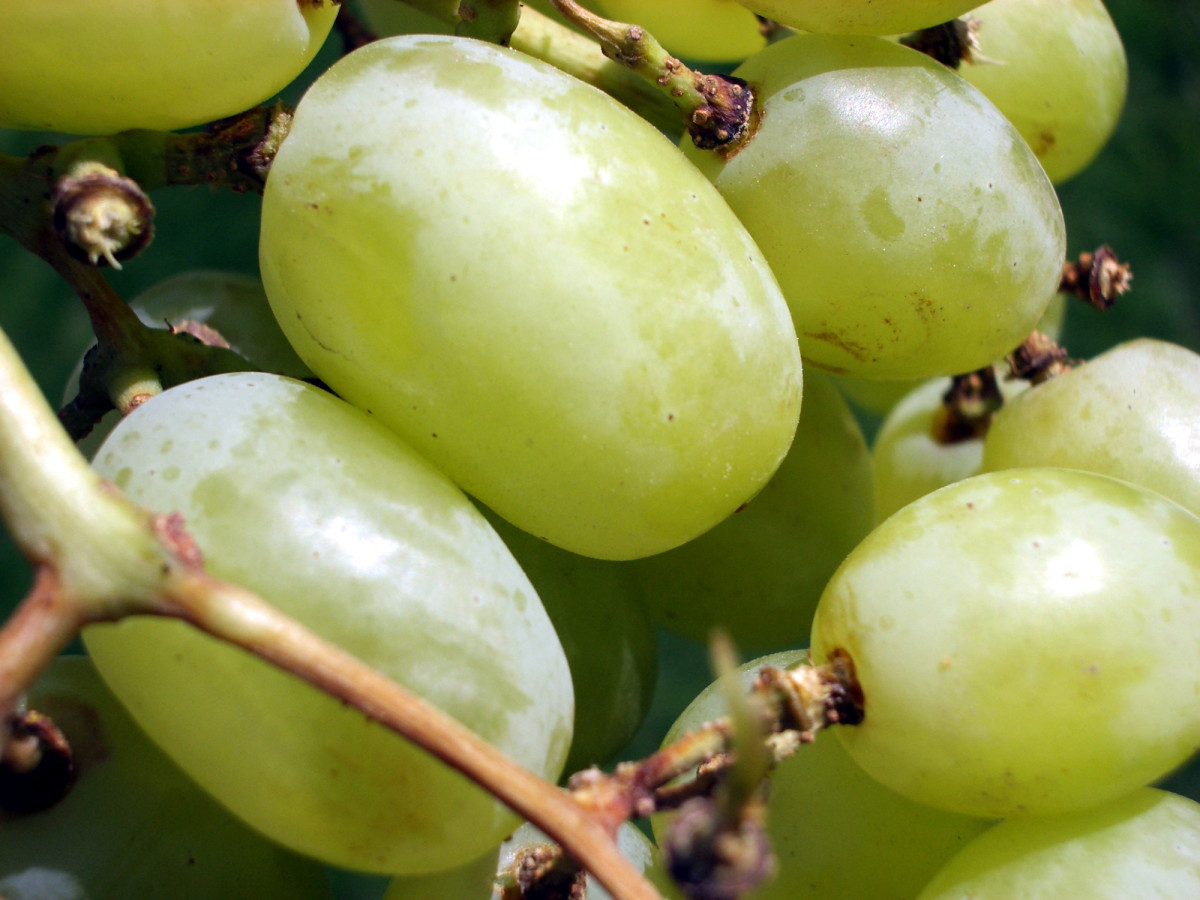Top 8 Foods High in Zinc for Wound Healing, Immune Response, Healthy Insulin Hormones & Enzymes
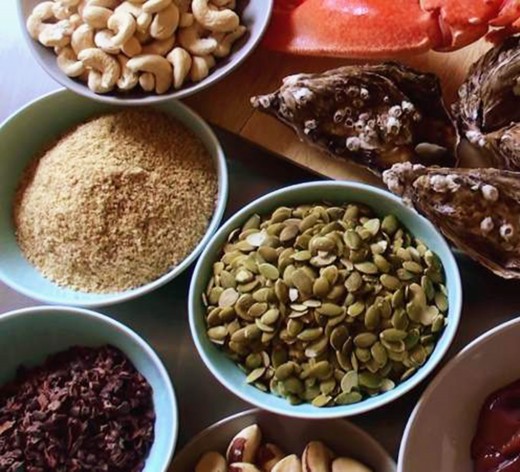
8. Chickpeas (Garbanzo Beans)
In 1 cup (200 grams) of garbanzo beans, there are 728 calories, 12 grams of total fat, 1 gram of saturated fat, 48 milligrams of sodium, 121 grams of total carbohydrates, 35 grams of dietary fiber, 21 grams of sugar and 39 grams of proteins. For vitamins, there is 134 IU of vitamin A (3% of daily value), 8 milligrams of vitamin C (13% of daily value), 1.6 milligrams of vitamin E (8% of daily value), 18 micrograms of vitamin K (22% of daily value), 1 milligrams of thiamin (64% of daily value), .4 milligrams of riboflavin (25% of daily value), 3.1 milligrams of niacin (15% of daily value), 1.1 milligrams of vitamin B6 (54% of daily value), 1,114 micrograms of folate (279% of daily value), 3.2 milligrams of pantothenic acid (32% of daily value) and 190 milligrams of choline.
For minerals, there are 210 milligrams of calcium (21% of daily value), 12.5 milligrams of iron (69% of daily value), 230 milligrams of magnesium (58% of daily value), 732 milligrams of phosphorus (73% of daily value), 1,750 milligrams of potassium (50% of daily value), 6.9 milligrams of zinc (46% of daily value), 1.7 milligrams of copper (85% of daily value), 4.4 milligrams of manganese (220% of daily value) and 16.4 micrograms of selenium (23% of daily value). For fatty acids, there are 202 milligrams of the omega-3 fatty acids and 5,186 milligrams of the omega-6 fatty acids in each 1 cup (200 grams) serving size.
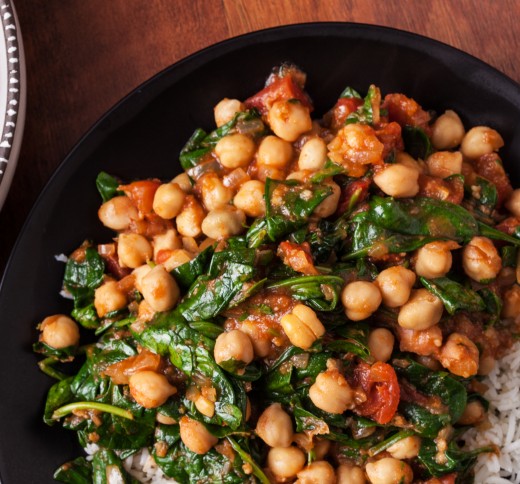
7. Lentils
In 1 cup (192 grams) of lentils, there are 678 calories, 2 grams of total fat, 12 milligrams of sodium, 115 grams of total carbohydrates, 59 grams of dietary fiber, 4 grams of sugar and 50 grams of protein. For vitamins, there is 74.9 IU of vitamin A (1% of daily value), 8.4 milligrams of vitamin C (14% of daily value), .9 milligrams of vitamin E (5% of daily value), 9.6 micrograms of vitamin K (12% of daily value), 1.7 milligrams of thiamin (112% of daily value), .4 milligrams of riboflavin (24% of daily value), 5 milligrams of niacin (25% of daily value), 1 milligram of vitamin B6 (52% of daily value), 920 micrograms of folate (230% of daily value), 4.1 milligrams of pantothenic acid (41% of daily value) and 185 milligrams of choline.
For minerals, there are 108 milligrams of calcium (11% of daily value), 14.5 milligrams of iron (80% of daily value), 234 milligrams of magnesium (59% of daily value), 866 milligrams of phosphorus (87% of daily value), 1,833 milligrams of potassium (52% of daily value), 9.2 milligrams of zinc (61% of daily value), 1 milligram of copper (50% of daily value), 2.6 milligrams of manganese (128% of daily value) and 15.9 micrograms of selenium (23% of daily value). For fatty acids, there are 209 milligrams of the omega-3 fatty acids and 776 milligrams of the omega-6 fatty acids per serving.
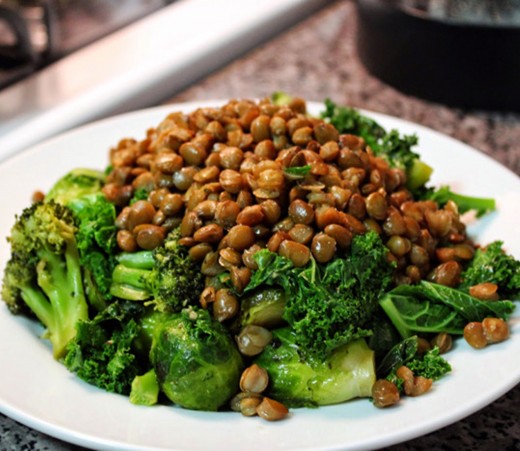
6. Pumpkin and Squash Seeds
In 1 cup (138 grams) of mixed pumpkin and squash seed kernels (dried pepitas), there are 747 calories, 63 grams of total fat, 12 grams of saturated fat, 25 milligrams of sodium, 25 grams of total carbohydrates, 5 grams of dietary fiber, 1 gram of sugar and 34 grams of protein. For vitamins, there is 524 IU of vitamin A (10% of daily value), 2.6 milligrams of vitamin C (4% of daily value), 70.9 micrograms of vitamin K (89% of daily value), .3 milligrams of thiamin (19% of daily value), .4 milligrams of riboflavin (26% of daily value), 2.4 milligrams of niacin (12% of daily value), .3 milligrams of vitamin B6 (15% of daily value), 80 micrograms of folate (20% of daily value), .5 milligrams of pantothenic acid (5% of daily value) and 86.9 milligrams of choline.
For minerals, there are 59.3 milligrams of calcium (6% of daily value), 20.7 milligrams of iron (115% of daily value), 738 milligrams of magnesium (185% of daily value), 1,620 milligrams of phosphorus (162% of daily value), 1,114 milligrams of potassium 32% of daily value), 10.3 milligrams of zinc (69% of daily value), 1.9 milligrams of copper (96% of daily value), 4.2 milligrams of manganese (208% of daily value) and 7.7 micrograms of selenium (11% of daily value). For fatty acids, there are 250 milligrams of the omega-3 fatty acids and 28,571 milligrams of the omega-6 fatty acids for this exact serving size.
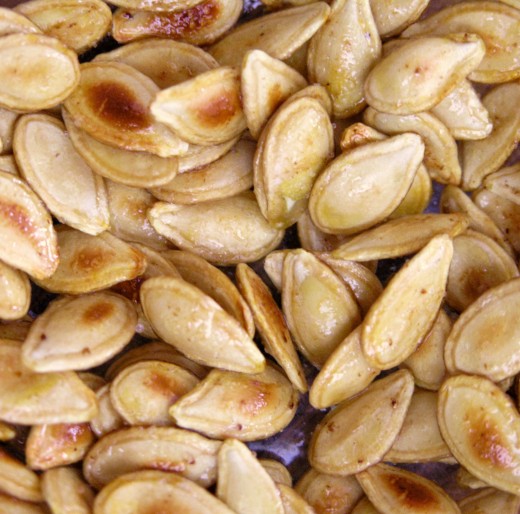
5. Calf Liver
In 100 grams of calf liver, there are 140 calories, 5 grams of total fat, 2 grams of saturated fat, 334 milligrams of cholesterol, 77 milligrams of sodium, 3 grams of total carbohydrates and 20 grams of protein. For vitamins, there are 39,058 IU of vitamin A (781% of daily value), .7 milligrams of vitamin C (1% of daily value), .4 milligrams of vitamin E (2% of daily value), .9 micrograms of vitamin K (1% of daily value), .2 milligrams of thiamin (12% of daily value), 2.4 milligrams of riboflavin (144% of daily value), 10.6 milligrams of niacin (53% of daily value), 1 milligram of vitamin B6 (48% of daily value), 125 micrograms of folate (31% of daily value), 59.9 micrograms of vitamin B12 (998% of daily value), 6.1 milligrams of pantothenic acid (61% of daily value), 310 milligrams of choline and 7.6 milligrams of betaine.
For minerals, there are 5 milligrams of calcium (1% of daily value), 6.4 milligrams of iron (36% of daily value), 20 milligrams of magnesium (5% of daily value), 379 milligrams of phosphorus (38% of daily value), 308 milligrams of potassium (9% of daily value), 12 milligrams of zinc (80% of daily value), 11.9 milligrams of copper (593% of daily value), .3 milligrams of manganese (13% of daily value) and 22.7 micrograms of selenium (32% of daily value). For fatty acids, there are 27 milligrams of omega-3 fatty acids and 537 milligrams of the omega-6 fatty acids per serving.
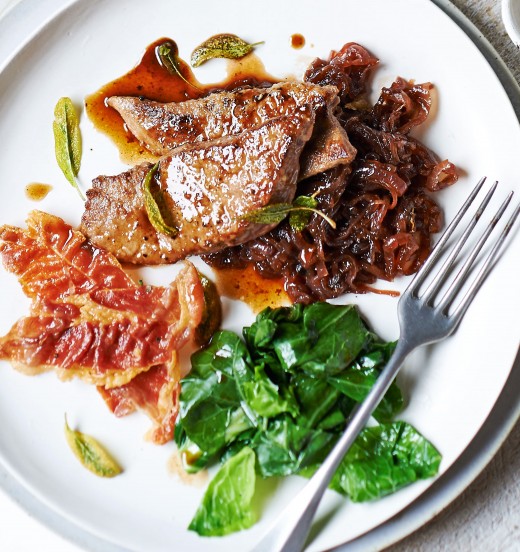
4. Total Corn Flakes Cereal
In 1/3 cup (30 grams) of Total Corn Flakes cereal, there are 112 calories, 209 milligrams of sodium, 26 grams of total carbohydrates, 1 gram of dietary fiber, 3 grams of sugar and 2 grams protein. For vitamins, there is 428 IU of vitamin A (9% of daily value), 60 milligrams of vitamin C (100% of daily value), 34.2 IU of vitamin D (9% of daily value), 13.5 milligrams of vitamin E (67% of daily value), 1.5 milligrams of thiamin (100% of daily value), 1.7 milligrams of riboflavin (100% of daily value), 20 milligrams of niacin (100% of daily value), 2 milligrams of vitamin B6 (100% of daily value), 400 micrograms of folate (100% of daily value), 6 micrograms of vitamin B12 (100% of daily value), 9.9 milligrams of pantothenic acid (99% of daily value) and .9 milligrams of choline.
For minerals, there are 1,000 milligrams of calcium (100% of daily value), 18 milligrams of iron (100% of daily value), 7.8 milligrams of magnesium (2% of daily value), 110 milligrams of phosphorus (11% of daily value), 28.2 milligrams of potassium (1% of daily value), 15 milligrams of zinc (100% of daily value) and 1.5 micrograms of selenium (2% of daily value). For fatty acids, there are 3.3 milligrams of the omega-3 fatty acids and 107 milligrams of the omega-6 fatty acids in each serving size. One decent substitute to this cereal is Ralston Enriched Bran Flakes. In each 3/4 cup serving, there is 18.7 milligrams of zinc (124% of daily value).
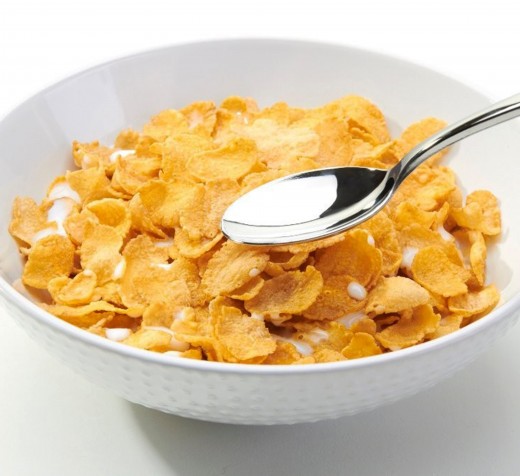
3. Whole Grain Total Cereal
In 3/4 cup (30 grams) of General Mill's whole grain Total cereal, there are 100 calories, 1 gram of total fat, 190 milligrams of sodium, 23 grams of total carbohydrates, 3 grams of dietary fiber, 5 grams of sugar and 2 grams of protein. For vitamins, there is 500 IU of vitamin A (100% of daily value), 60 milligrams of vitamin C (100% of daily value), 39.9 IU of vitamin D (10% of daily value), 13.5 milligrams of vitamin E (67% of daily value), 1.5 milligrams of thiamin (100% of daily value), 1.7 milligrams of riboflavin (100% of daily value), 20 milligrams of niacin (100% of daily value), 2 milligrams of vitamin B6 (100% of daily value), 400 micrograms of folate (100% of daily value), 6 micrograms of vitamin B12 (100% of daily value), 10 milligrams of pantothenic acid (100% of daily value), 5.7 milligrams of choline and 50.4 milligrams of betaine.
For minerals, there are 1,000 milligrams of calcium (100% of daily value), 18 milligrams of iron (100% of daily value), 24 milligrams of magnesium (6% of daily value), 80.1 milligrams of phosphorus (8% of daily value), 90 milligrams of potassium (3% of daily value), 15 milligrams of zinc (100% of daily value), .1 milligrams of copper (4% of daily value) and 1.2 micrograms of selenium (2% of daily value). For fatty acids, there are 13.8 milligrams of the omega-3 fatty acids and 196 milligrams of the omega-6 fatty acids per serving. One great alternative to whole grain Total cereal is Kellogg's Complete Oat Bran Flakes cereal. This cereal is also high in zinc.
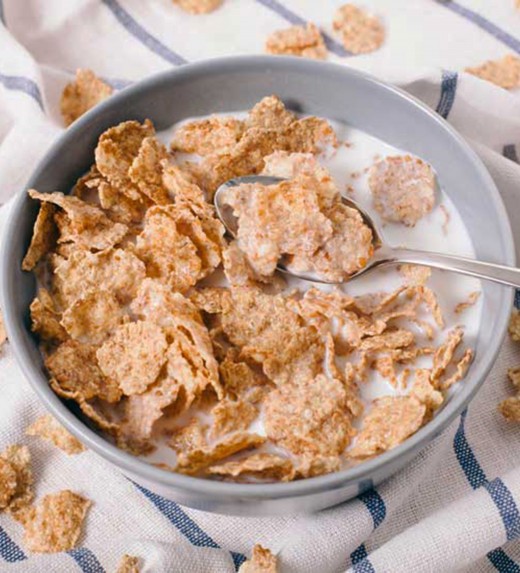
2. Multi-Grain Cheerios
In 1 cup (30 grams) of cheerios, there are 114 calories, 1 gram of total fat, 207 milligrams of sodium, 25 grams of total carbohydrates, 3 grams of dietary fiber, 6 grams of sugar and 2 grams of protein. For vitamins, there is 517 IU of vitamin A (10% of daily value), 15.5 milligrams of vitamin C (26% of daily value), 41.4 IU of vitamin D (10% of daily value), 14 milligrams of vitamin E (70% of daily value), 1.6 milligrams of thiamin (103% of daily value), 1.8 milligrams of riboflavin (103% of daily value), 20.7 milligrams of niacin (103% of daily value), 2.1 milligrams of vitamin B6 (103% of daily value), 414 micrograms of folate (103% of daily value), 6.2 micrograms of vitamin B12 (103% of daily value), 10.3 milligrams of pantothenic acid (103% of daily value) and 7.8 milligrams of choline.
For minerals, there are 104 milligrams of calcium (10% of daily value), 18.6 milligrams of iron (103% of daily value), 24.9 milligrams of magnesium (6% of daily value), 82.8 milligrams of phosphorus (8% of daily value), 87.9 milligrams of potassium (3% of daily value), 15.5 milligrams of zinc (103% of daily value), .5 milligrams of manganese (25% of daily value) and 5 micrograms of selenium (7% of daily value). For fatty acids, there are 15.9 milligrams of the omega-3 fatty acids and 398 milligrams of the omega-6 fatty acids per serving.
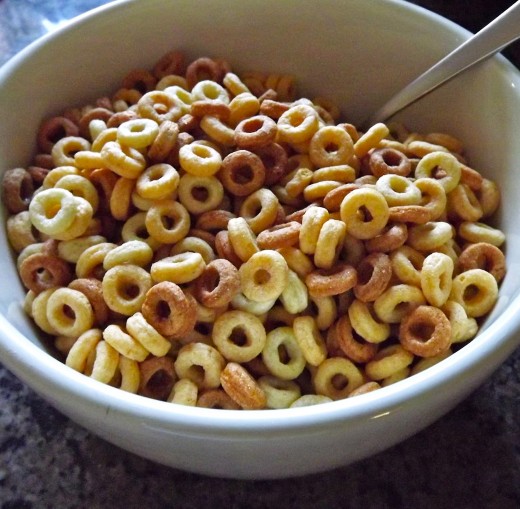
1. Wild Oysters
In 100 grams of eastern, wild oysters, there are 68 calories, 2 grams of total fat, 53 milligrams of cholesterol, 211 milligrams of sodium, 4 grams of total carbohydrates and 7 grams of protein. For vitamins, there is 100 IU of vitamin A (2% of daily value), 3.7 milligrams of vitamin C (6% of daily value), 320 IU of vitamin D (80% of daily value), .9 milligrams of vitamin E (4% of daily value), .1 milligrams of thiamin (7% of daily value), .1 milligrams of riboflavin (6% of daily value), 1.4 milligrams of niacin (7% of daily value), .1 milligrams of vitamin B6 (3% of daily value), 10 micrograms of folate (2% of daily value), 19.5 micrograms of vitamin B12 (324% of daily value), .2 milligrams of pantothenic acid (2% of daily value) and 65 milligrams of choline.
For minerals, there are 45 milligrams of calcium (4% of daily value), 6.7 milligrams of iron (37% of daily value), 47 milligrams of magnesium (12% of daily value), 135 milligrams of phosphorus (14% of daily value), 156 milligrams of potassium (4% of daily value), 90.8 milligrams of zinc (605% of daily value), 4.5 milligrams of copper (223% of daily value), .4 milligrams of manganese (18% of daily value) and 63.7 micrograms of selenium (91% of daily value). For fatty acids, there are 672 milligrams of the omega-3 fatty acids and 58 milligrams of the omega-6 fatty acids. Needless to say, over 90 milligrams of zinc isn't necessary at all. Less than 1 ounce of oysters is more than enough.
In conclusion, wild oysters, Total Corn Flakes cereal, lentils, whole grain Total cereal, garbanzo beans, pumpkin and squash seeds, calf liver and Multi-Grain Cheerios are all perfect sources of zinc. Other sources of zinc include dairy, poultry, whole eggs, red meats and other types of seeds. The human body can absorb zinc better from animal sources rather than planet products. Furthermore, the Recommended Dietary Allowance (RDA) of iron for male adults between the ages of 19 and 50 is 11 milligrams.
For female adults between the ages of 19 and 50, the recommended amount is 8 milligrams daily. In general, men oftentimes need more zinc in their diet. The tolerable upper intake level for zinc is 40 milligrams. A few signs of zinc deficiencies include hair loss and diarrhea. Overdose symptoms include diarrhea, abdominal pain, nausea and vomiting. Studies also show one major sign of a zinc overdose is lower HDL cholesterol levels.
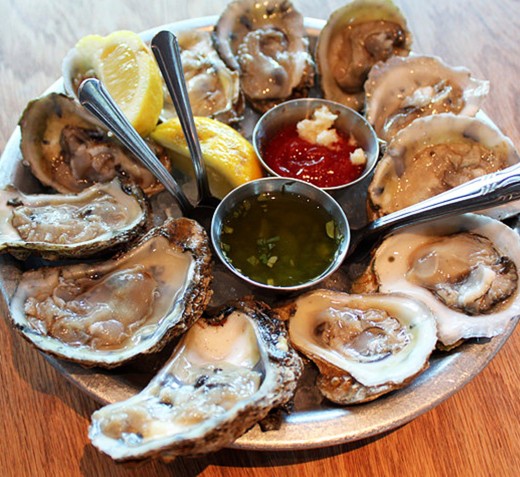
References
Bauer, J. (2005). The complete idiot's guide to total nutrition (4th ed.). New York, New York: Penguin Group.
Biagioli, B. (2012). Advanced concepts of personal training. Coral Gables, Florida: National Council on Strength & Fitness.
Raw nutrition facts & calories. (2014). SELFNutritionData. Retrieved from http://nutritiondata.self.com/
Personal Preferences
Which food high in zinc is your most favorite?
© 2018 James Foglio
